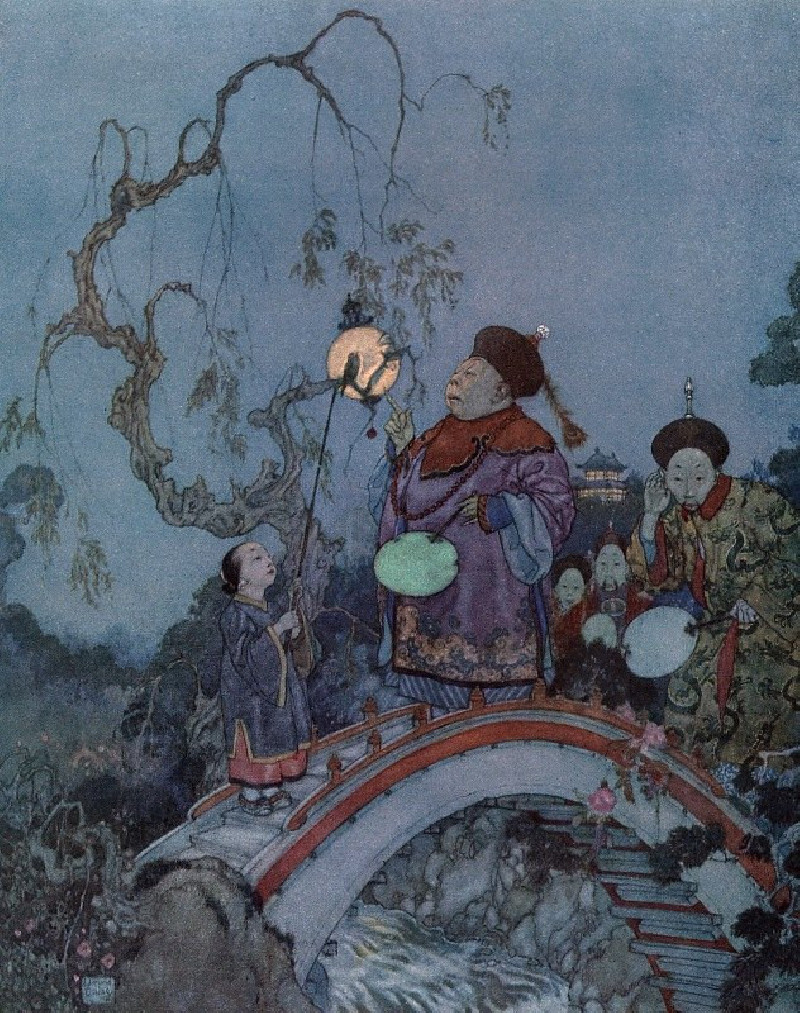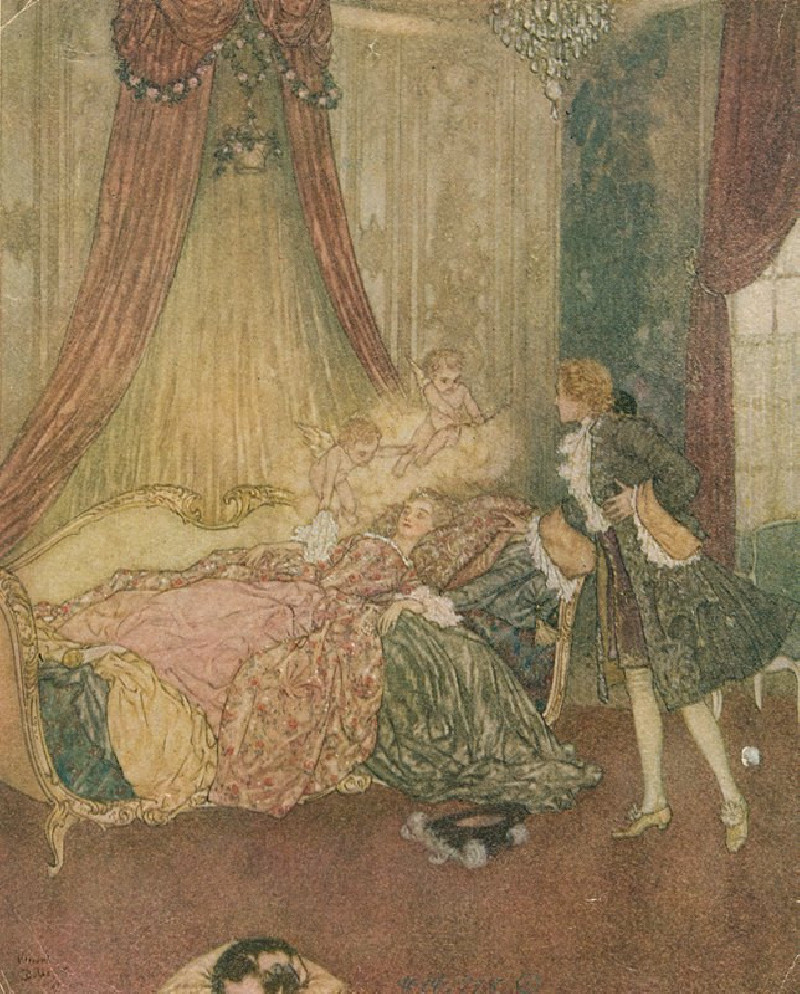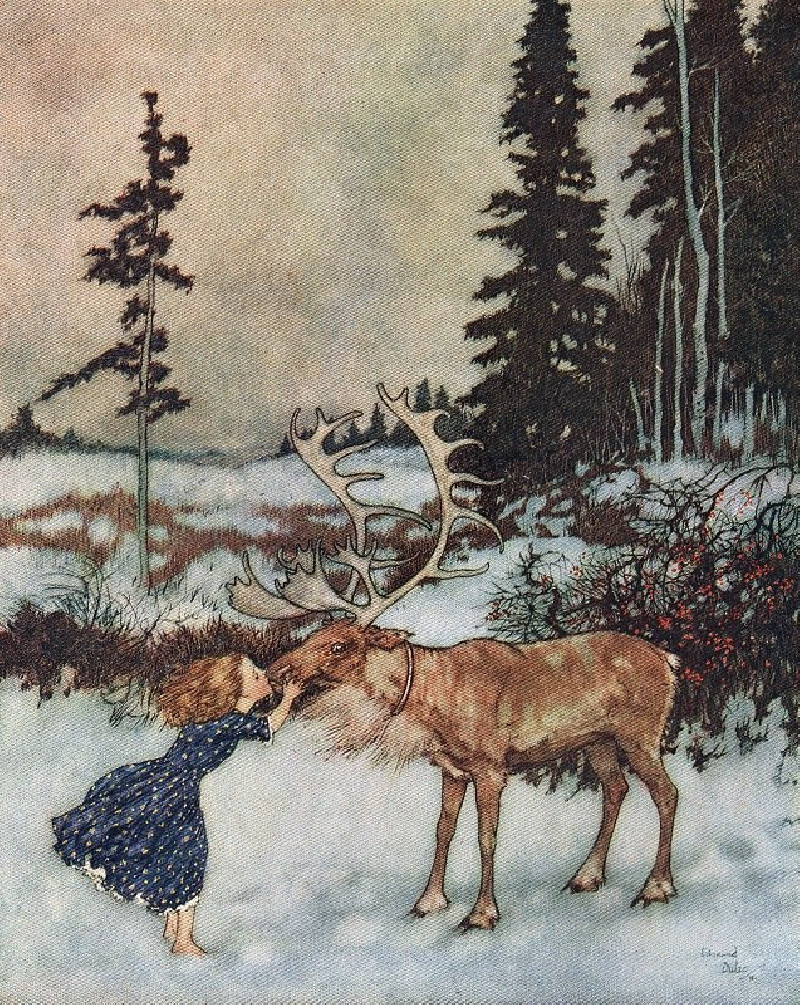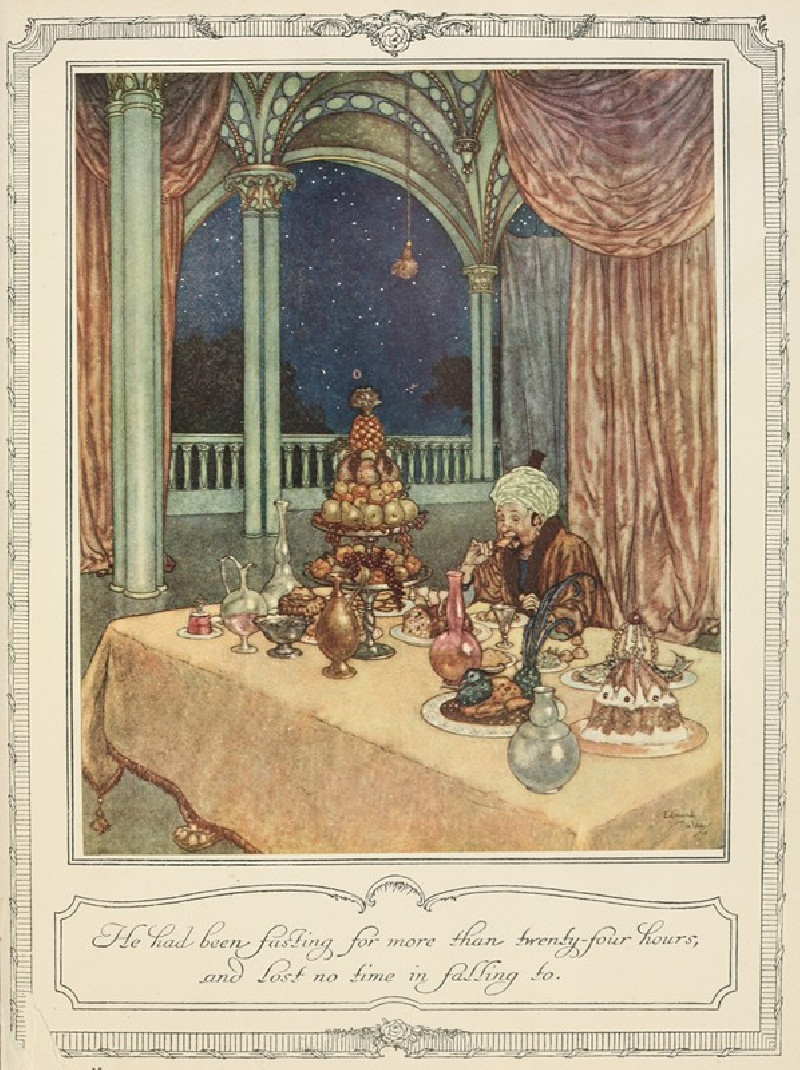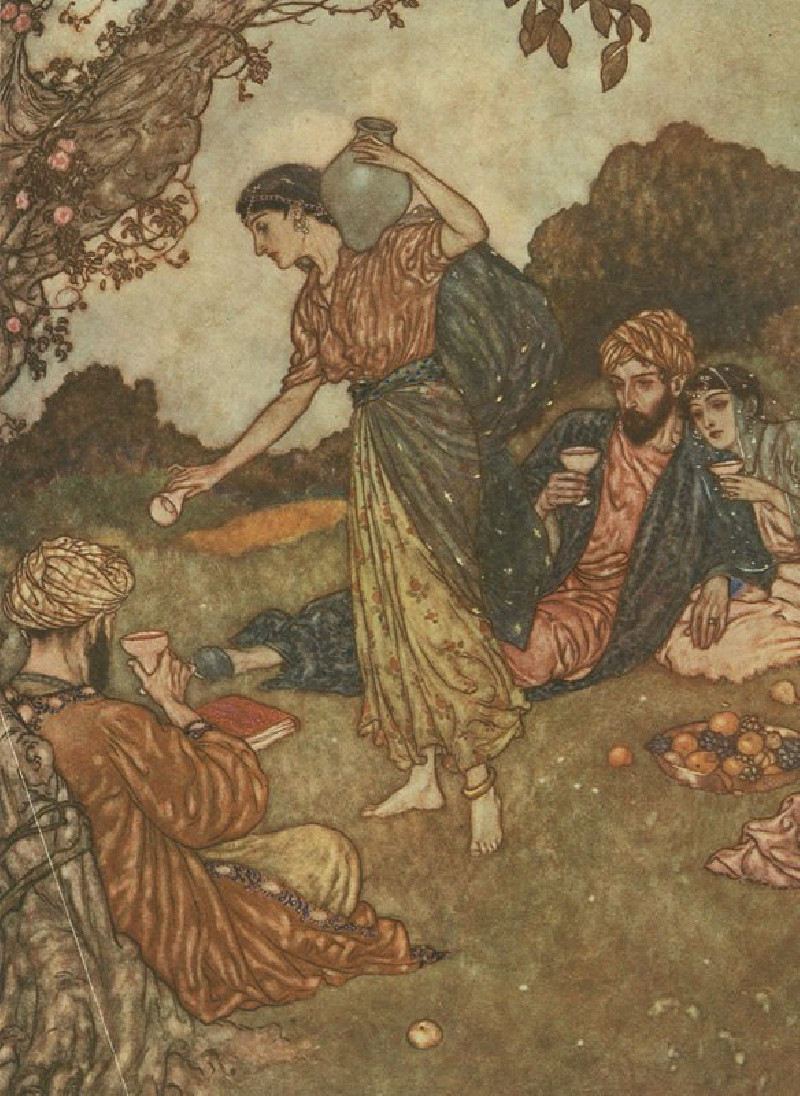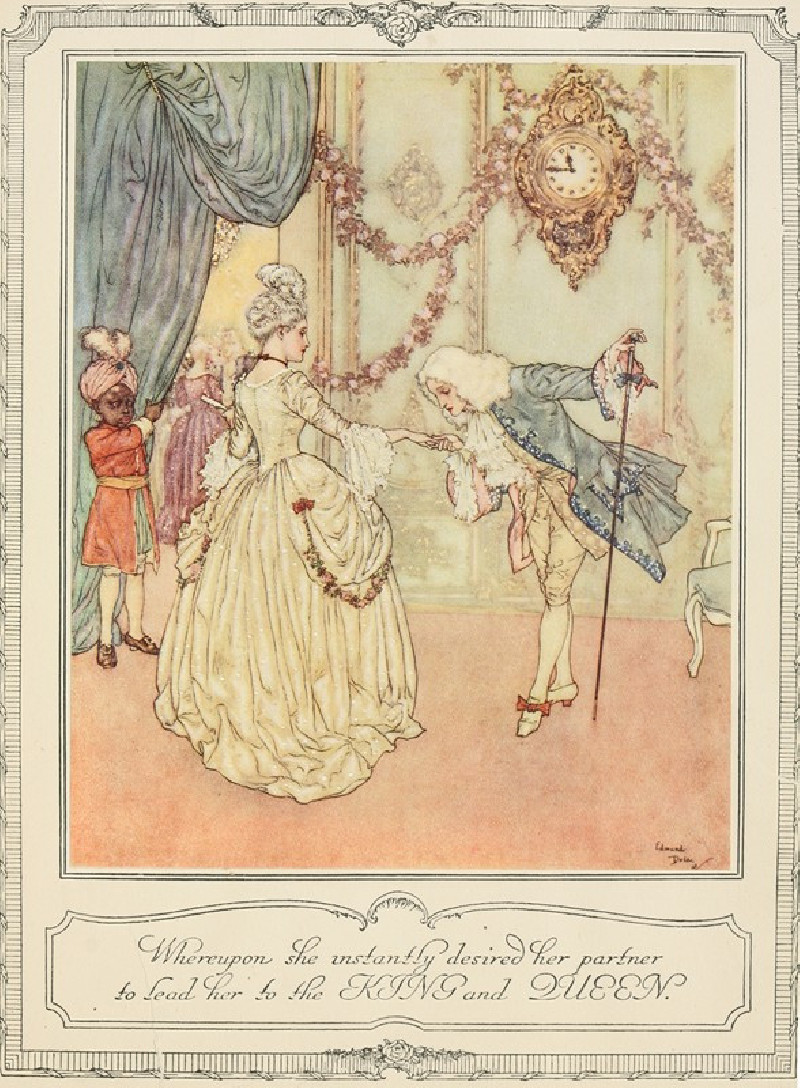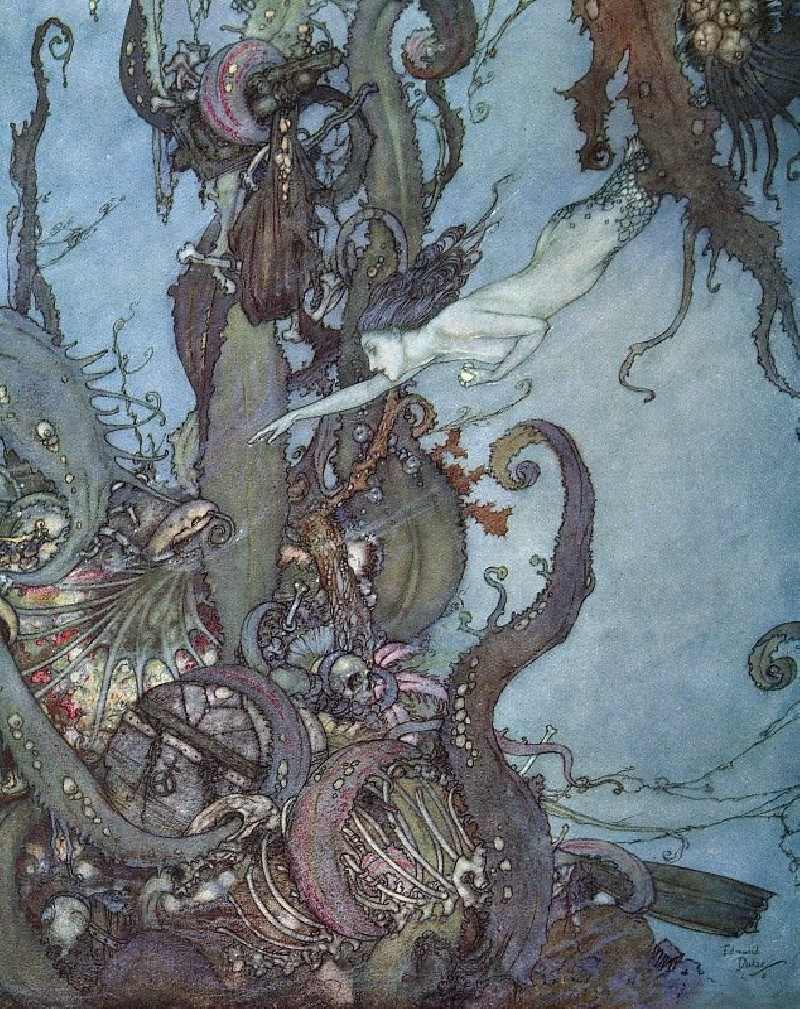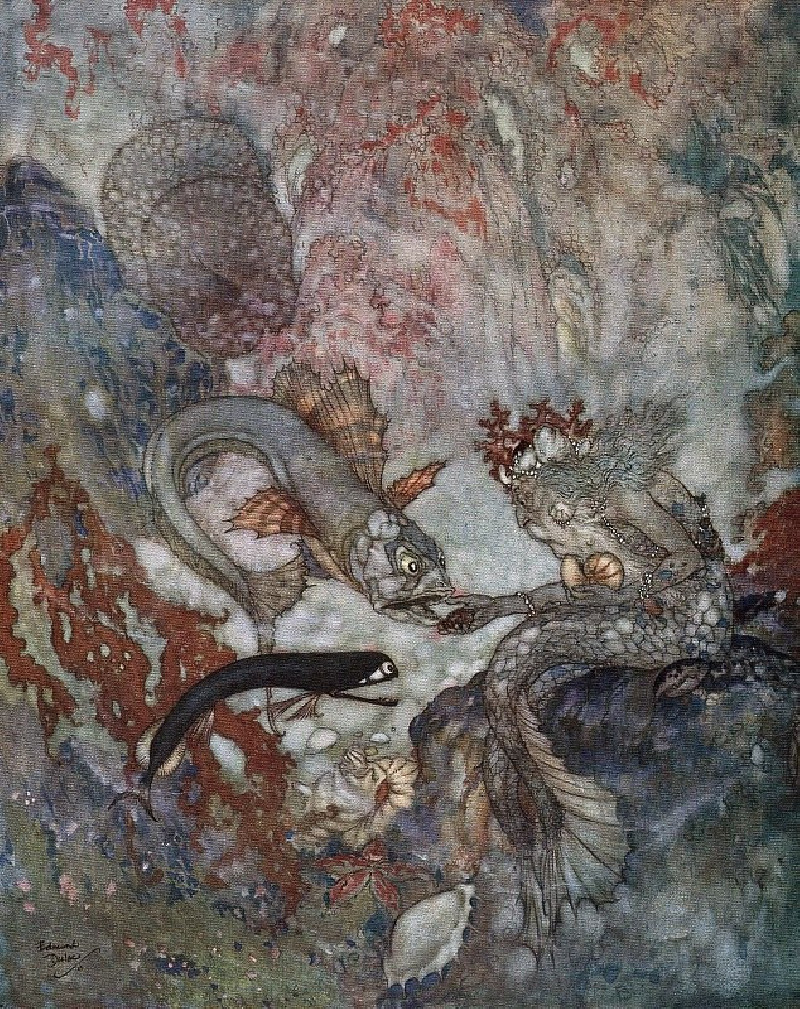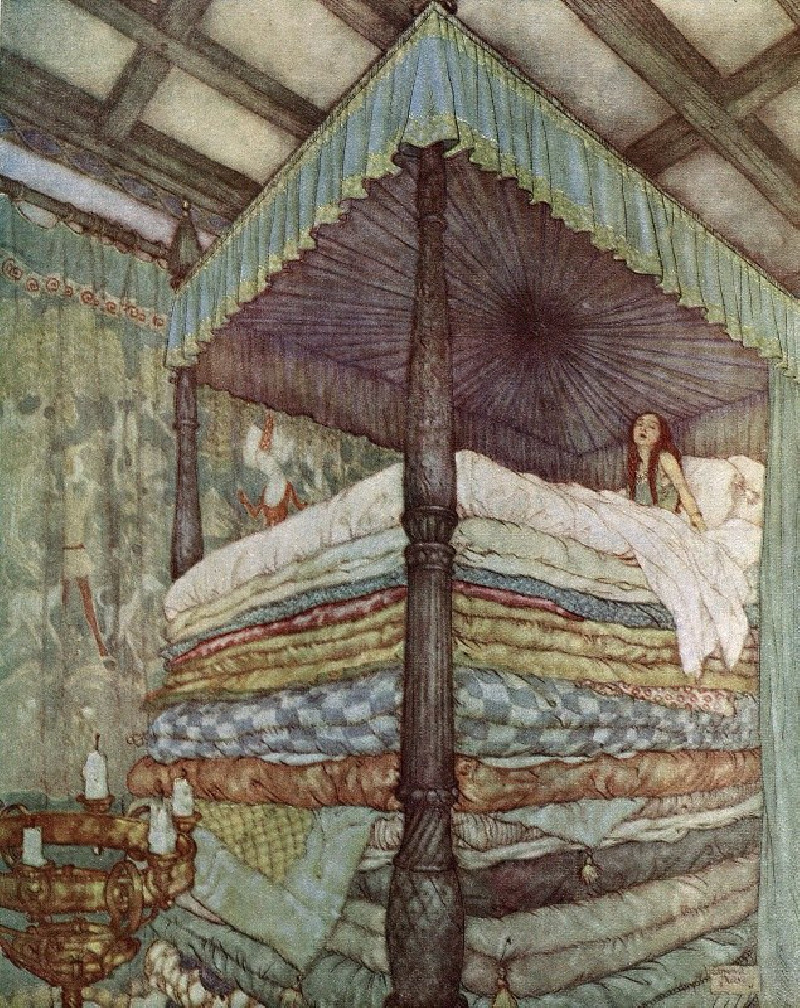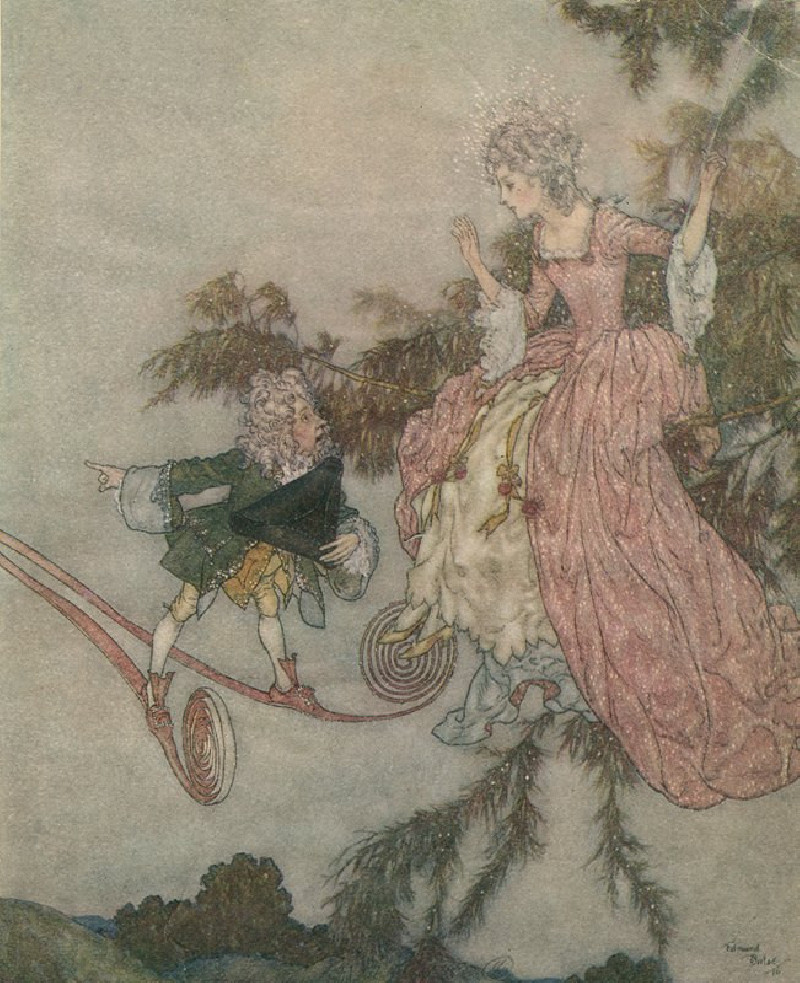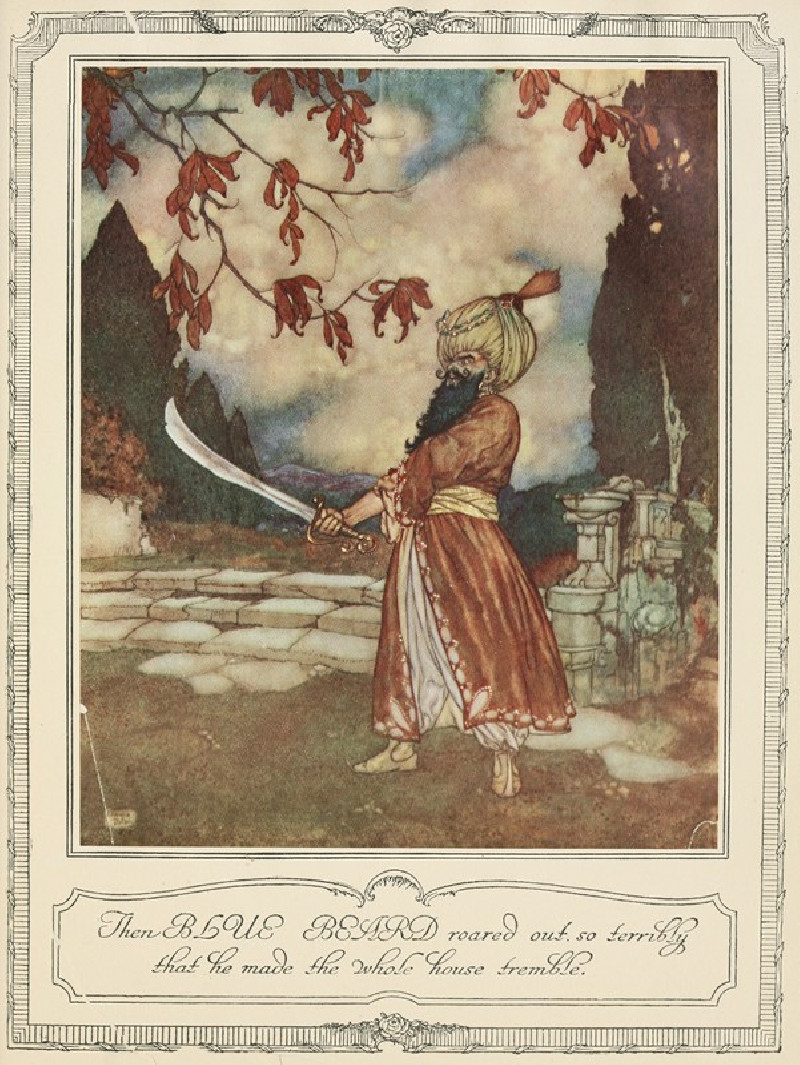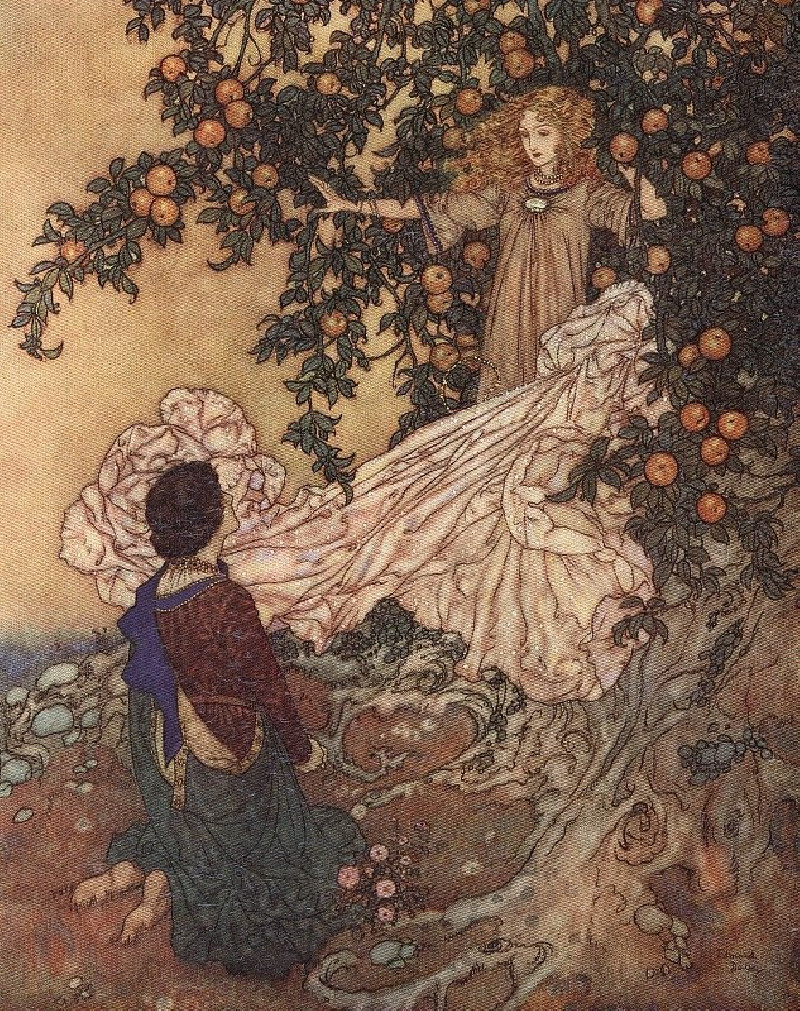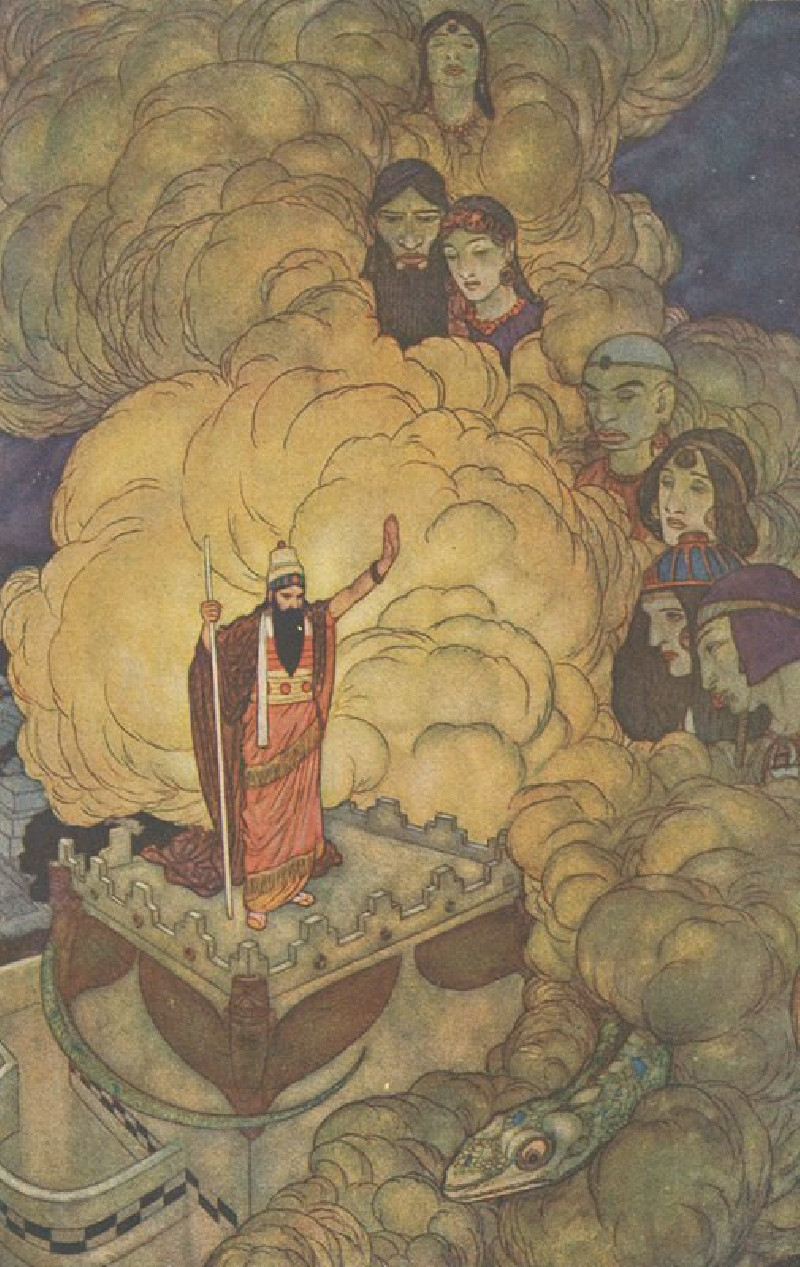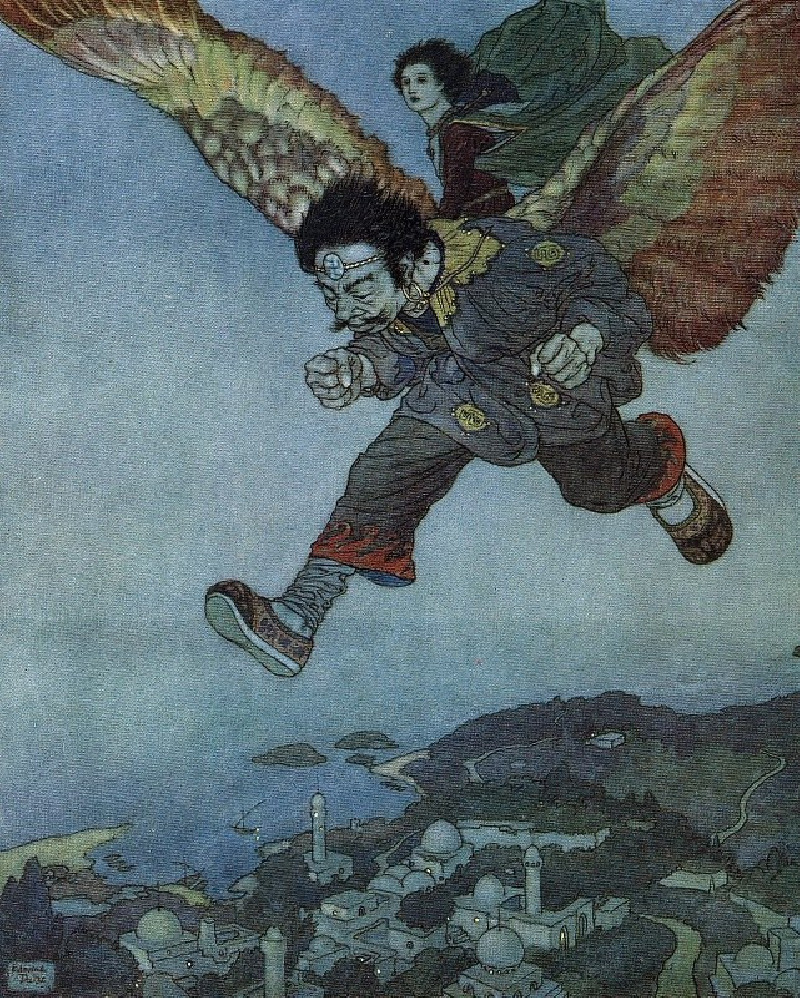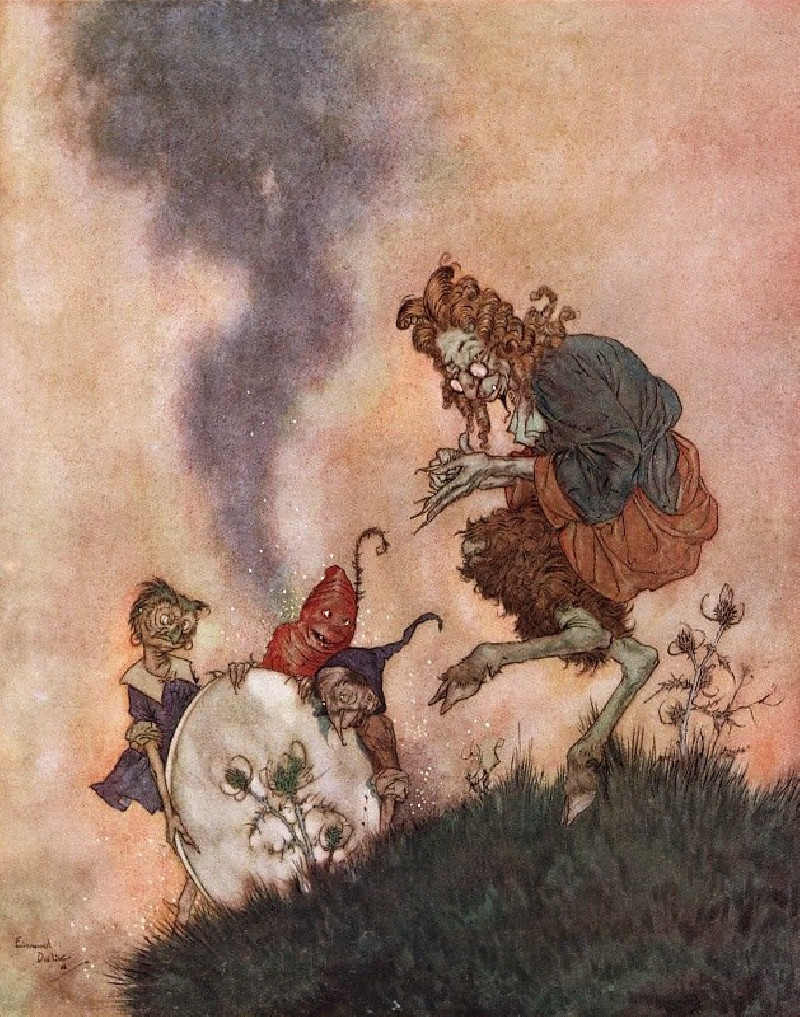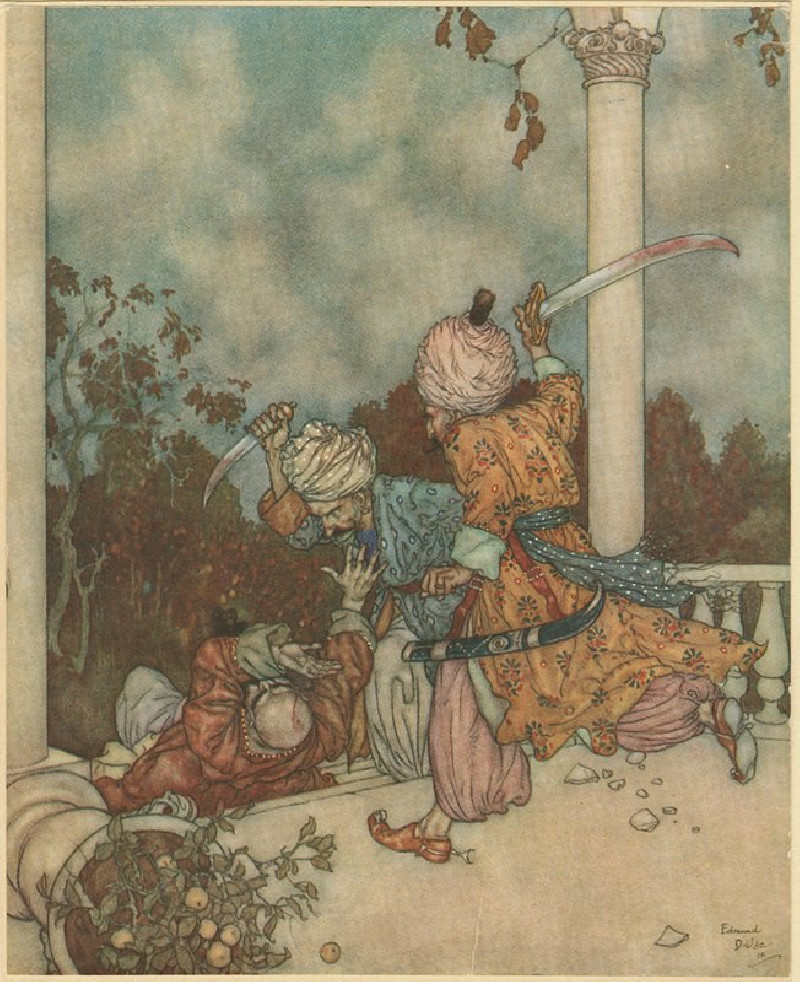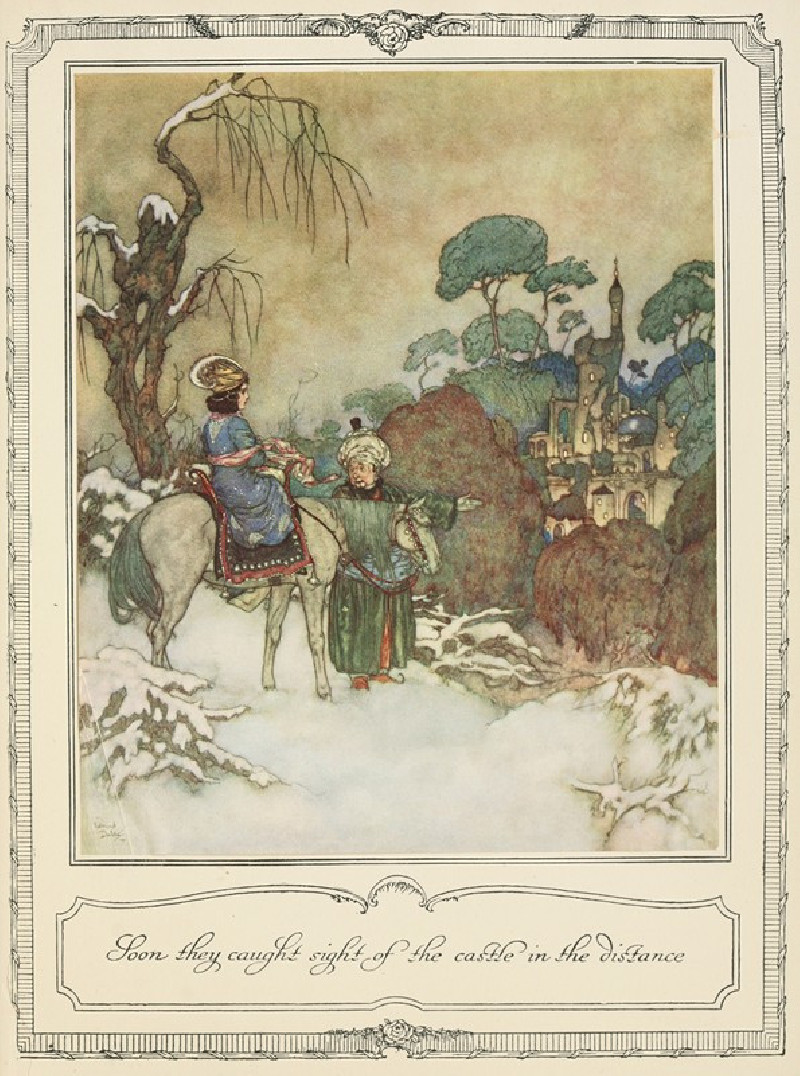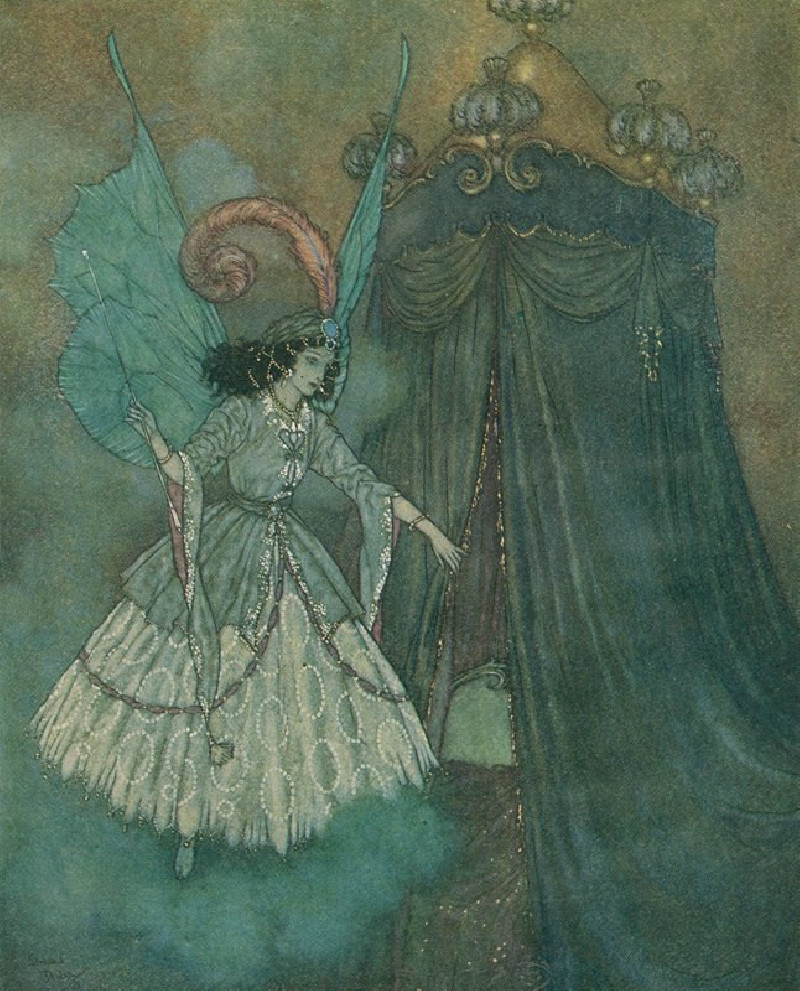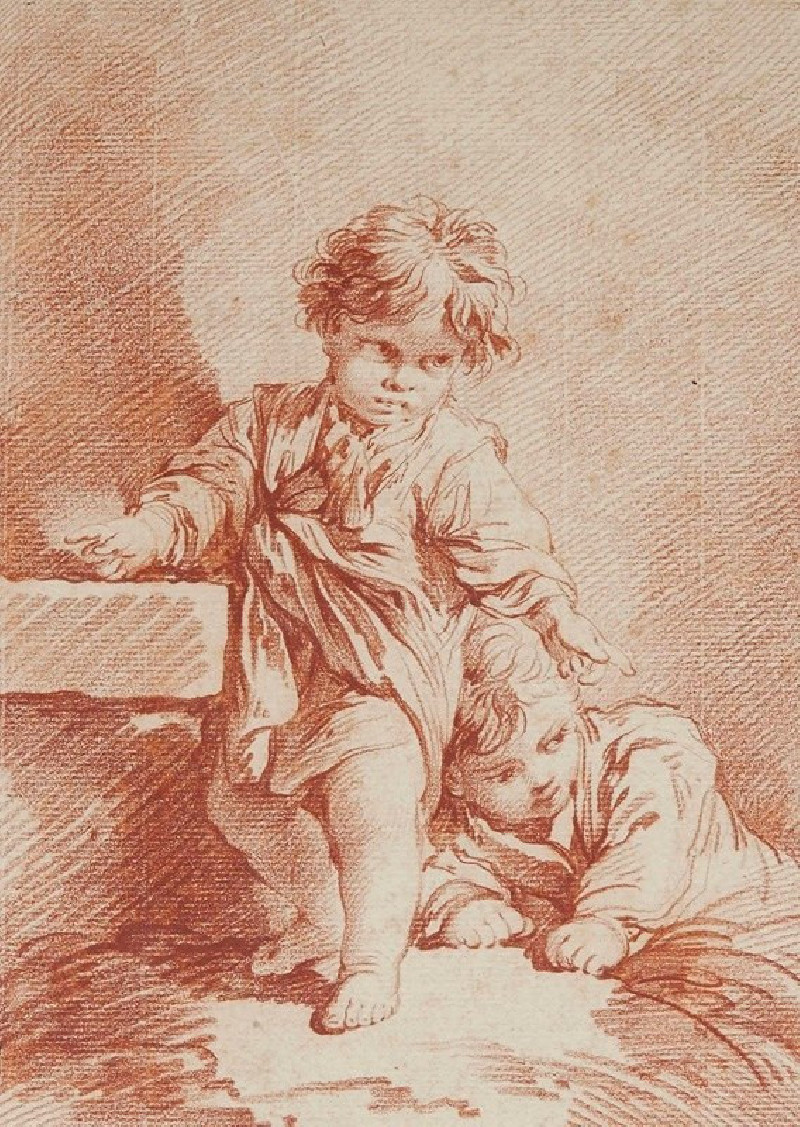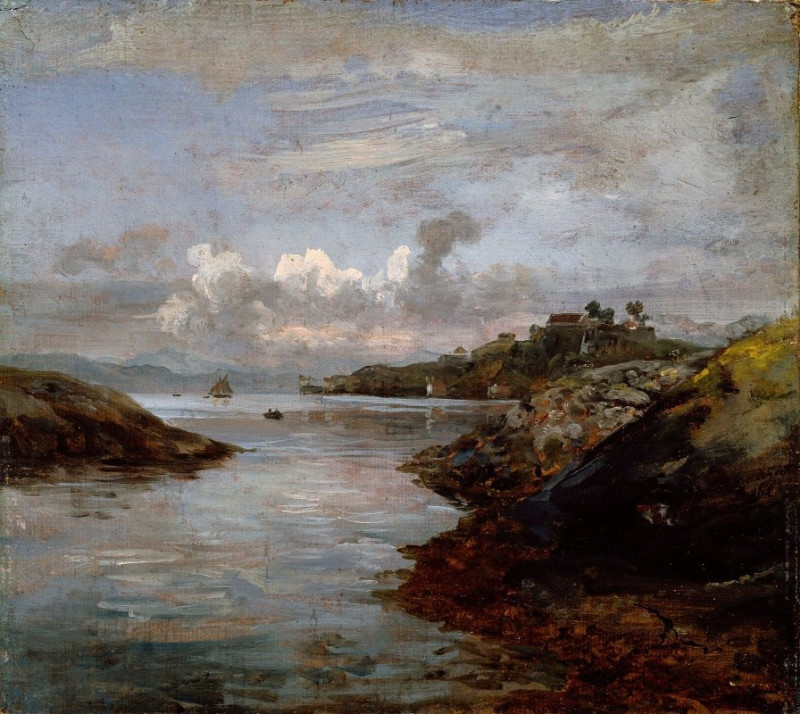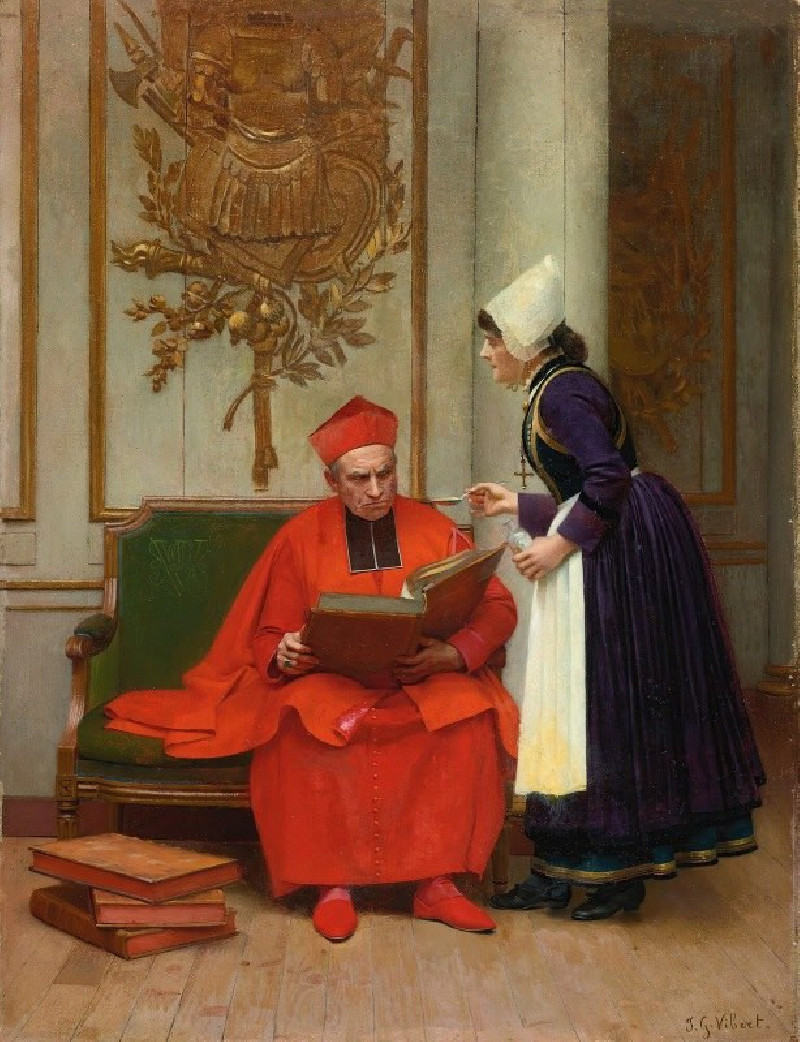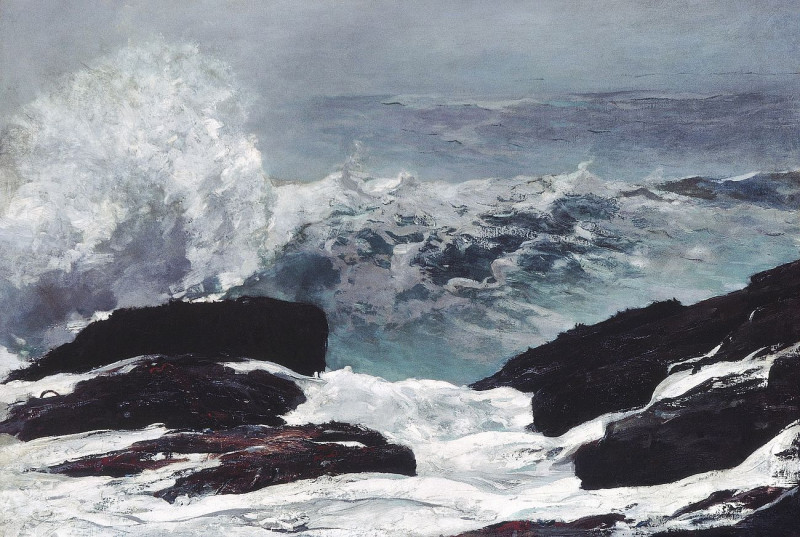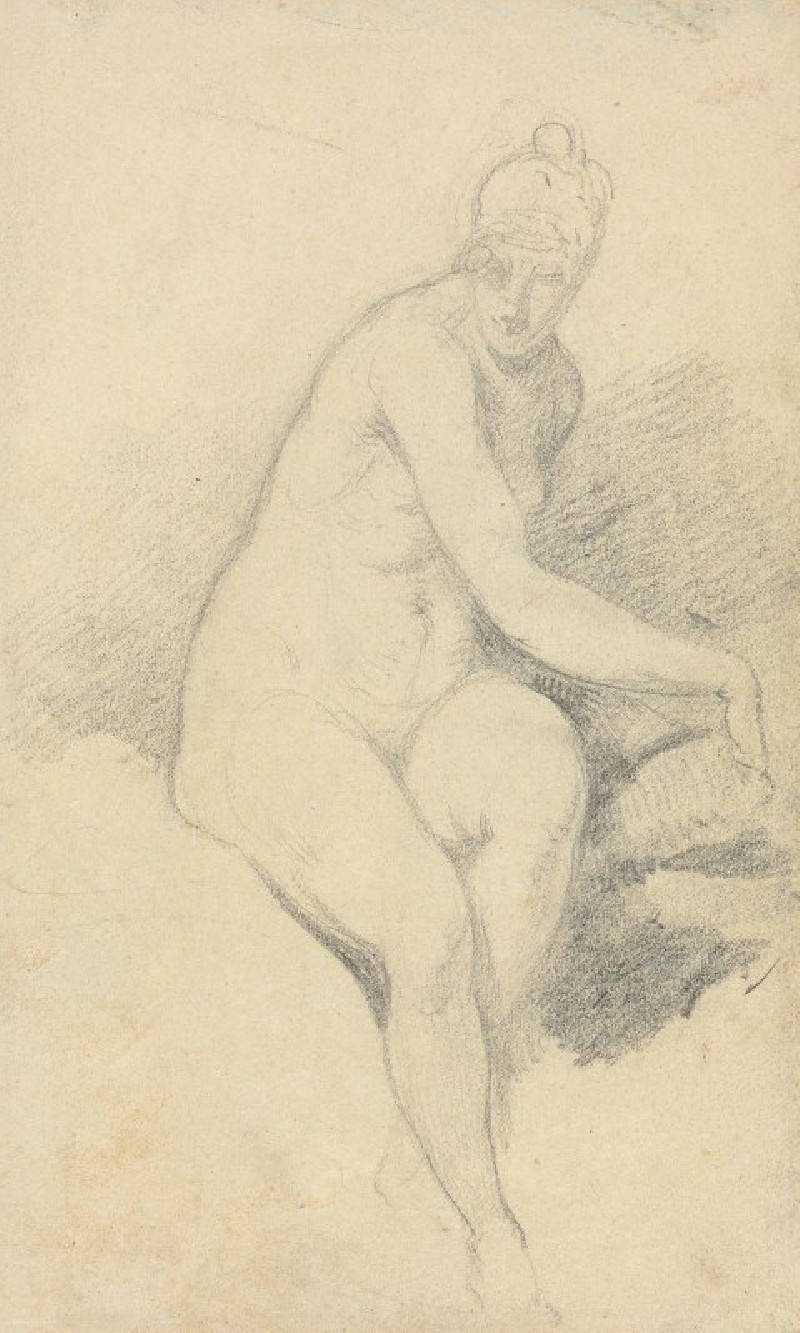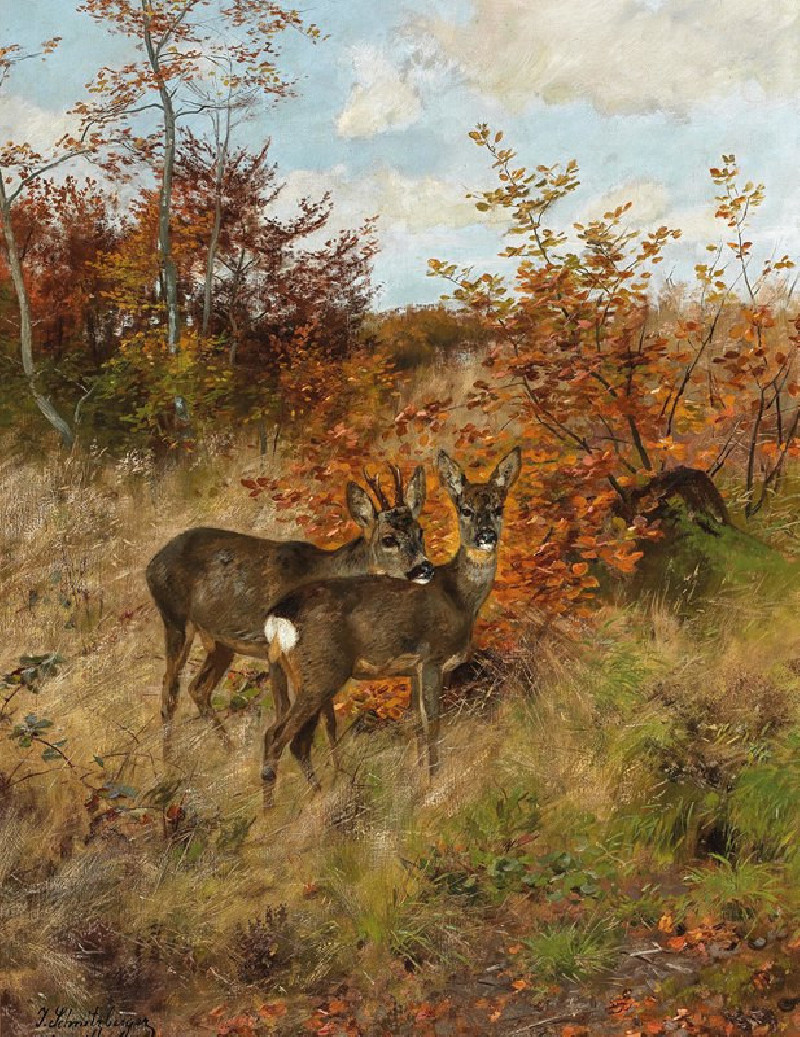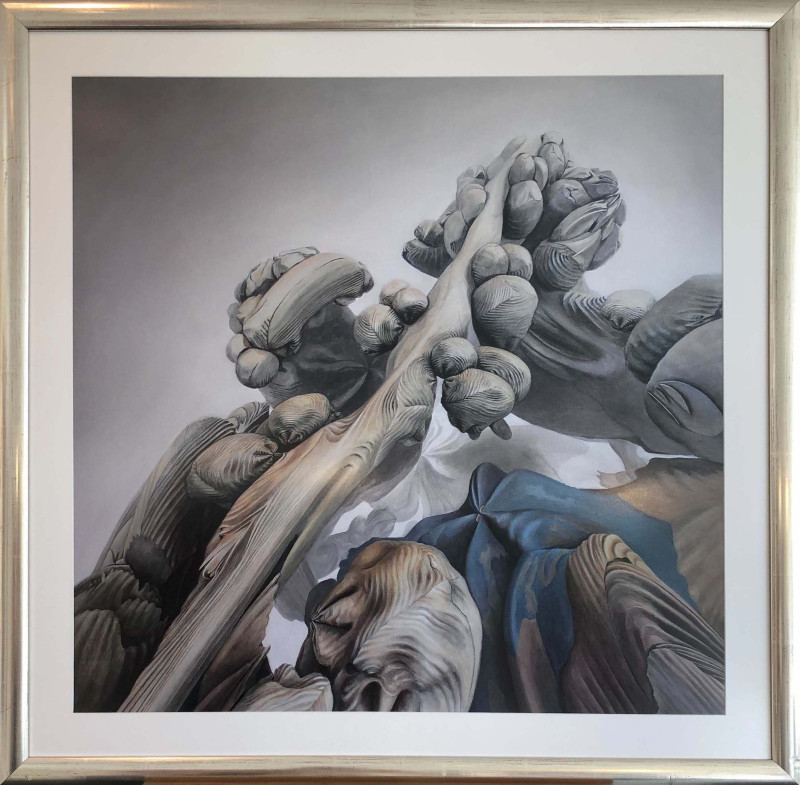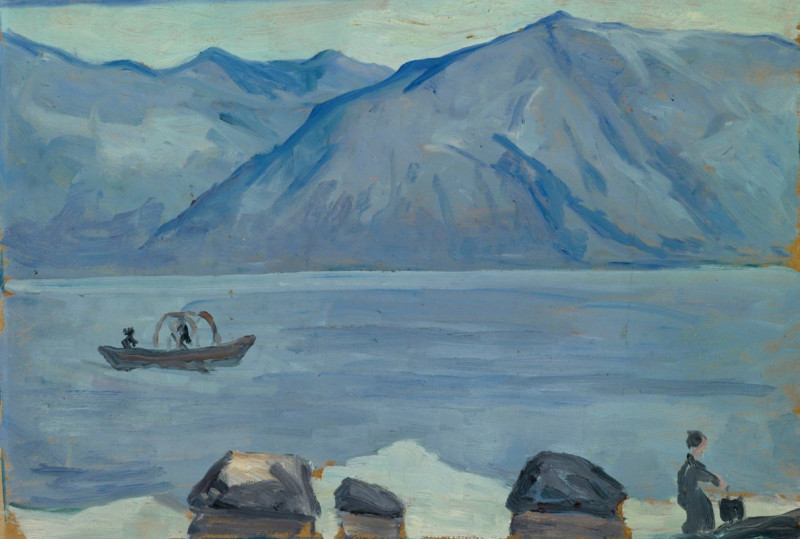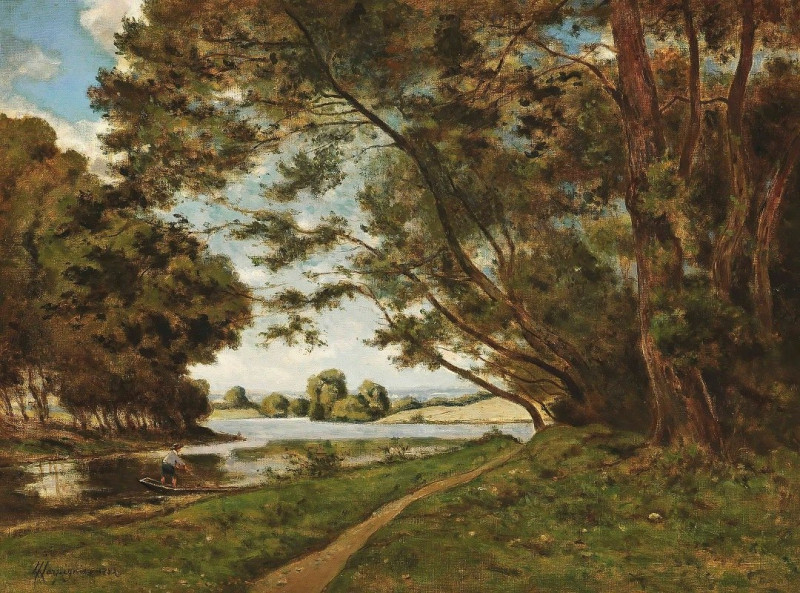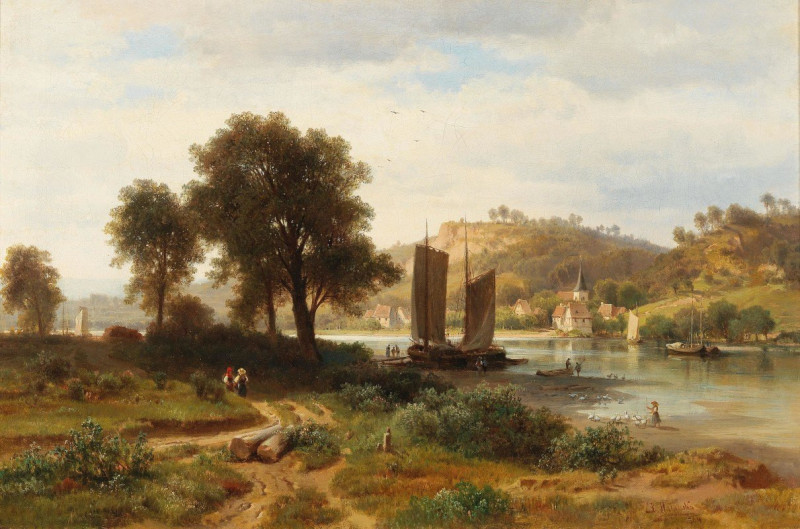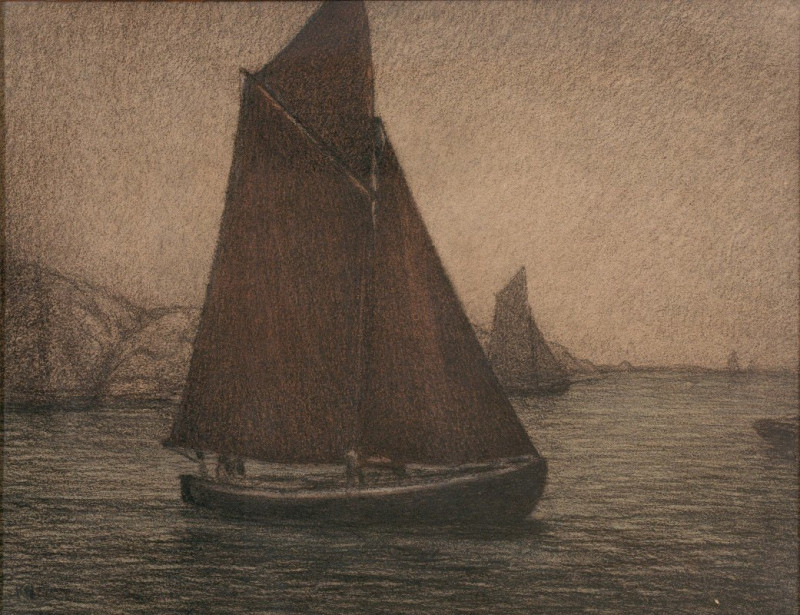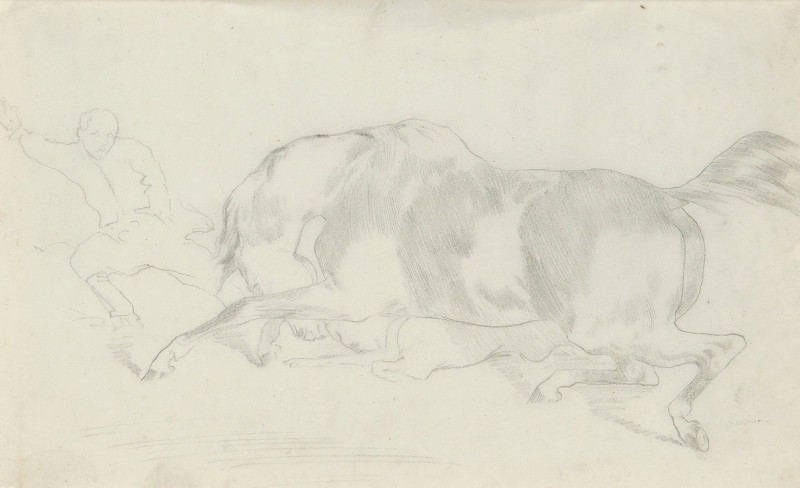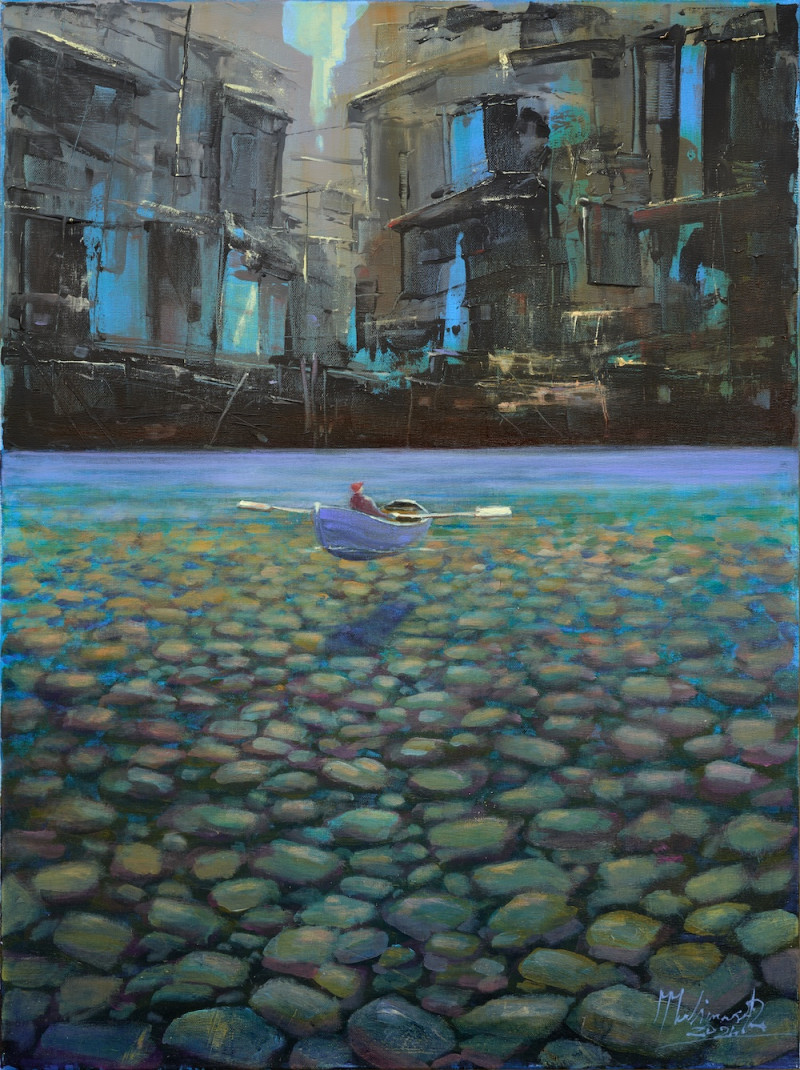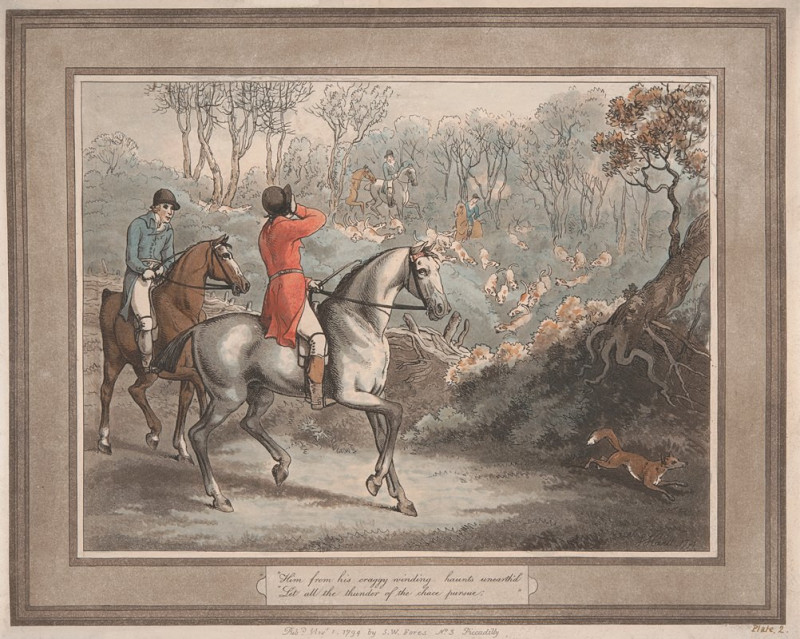The Garden of Paradise Pl 3 (1911)
Technique: Giclée quality print
Recommended by our customers
More about this artwork
Edmund Dulac's enchanting artwork, "The Garden of Paradise Pl 3" created in 1911, captures the ethereal essence of a mythical paradise. In this captivating piece, several graceful figures are immersed in a dreamlike landscape, ethereal and soft, hinting at the delicate otherworldliness often associated with Edenic visions.Central to the composition is a prominent figure draped in a flowing, luminescent robe, standing amidst a cluster of wistful-looking maidens, each adorned in subdued, pastel gowns that blend harmoniously with the surrounding nature. The group is delicately positioned under a sprawling tree, with intricate branches and leaves that weave into the heavens, giving a sense of protective enclosure. The background is a subdued mix of mysterious greys and greens, evocative of a dense, enchanted forest.Dulac, known for his meticulous attention to detail and masterful use of color, illustrates not just a scene but an atmosphere. Every element, from the serene expressions of the figures to the intricate patterns of the foliage, contributes to the overall sense of peace and otherworldly beauty.This painting is a perfect representation of Dulac's ability to blend influences from different cultures and art movements into a cohesive visual narrative that transcends time and place, inviting viewers to step into a serene, celestial realm.
Delivery
Returns
Edmund Dulac (born Edmond Dulac; 22 October 1882 – 25 May 1953) was a French-British naturalised magazine illustrator, book illustrator and stamp designer. Born in Toulouse he studied law but later turned to the study of art at the École des Beaux-Arts. He moved to London early in the 20th century and in 1905 received his first commission to illustrate the novels of the Brontë Sisters. During World War I, Dulac produced relief books and when after the war the deluxe children's book market shrank he turned to magazine illustrations among other ventures. He designed banknotes during World War II and postage stamps, most notably those that heralded the beginning of Queen Elizabeth II's reign.



